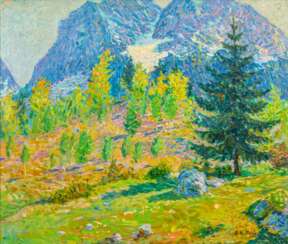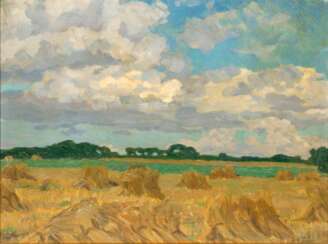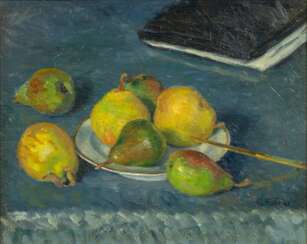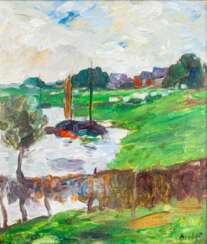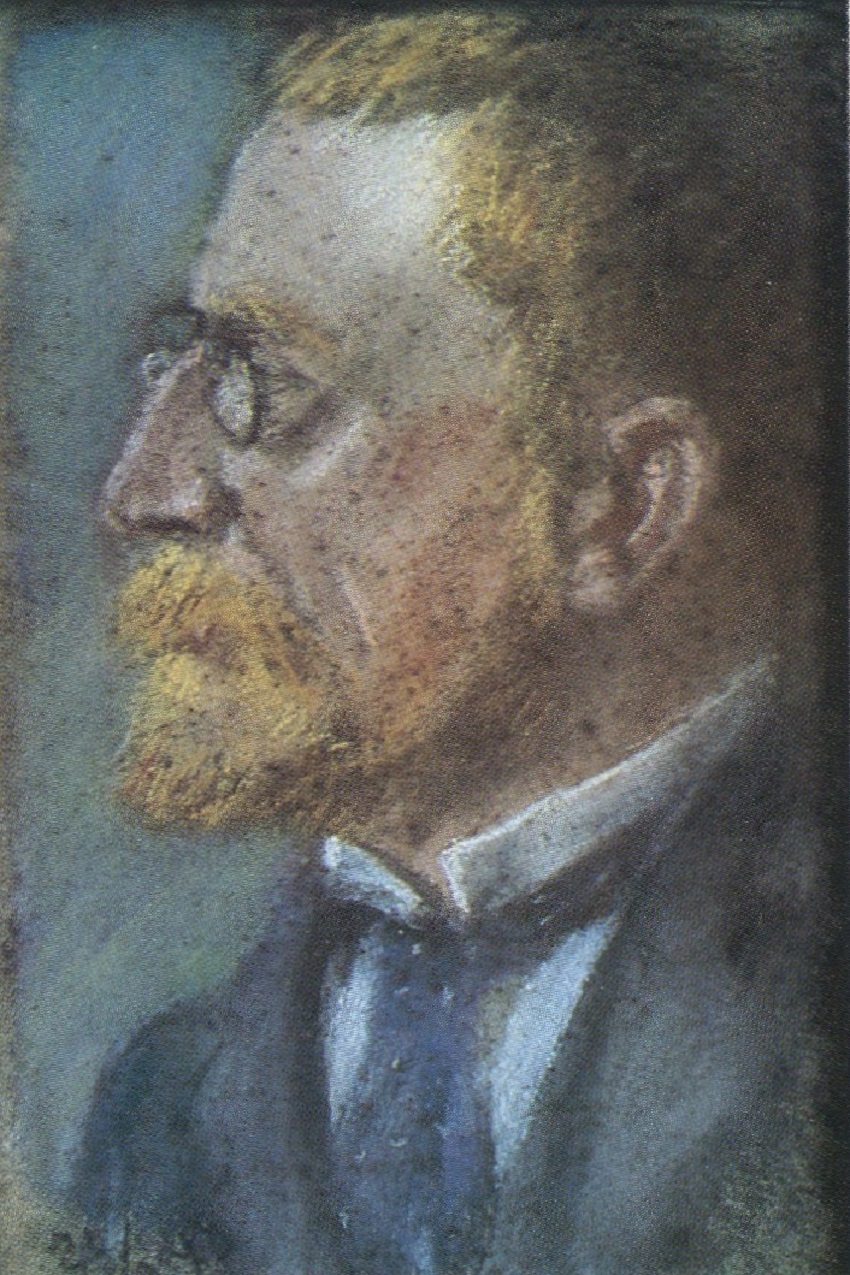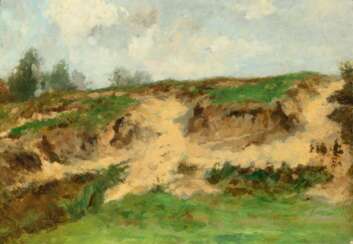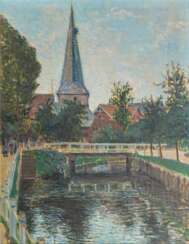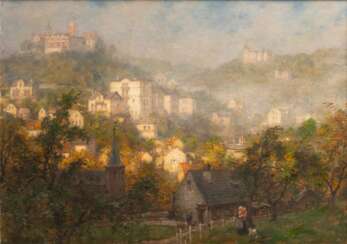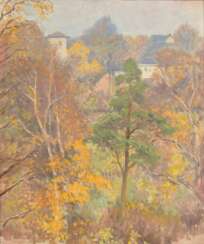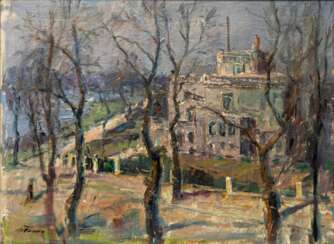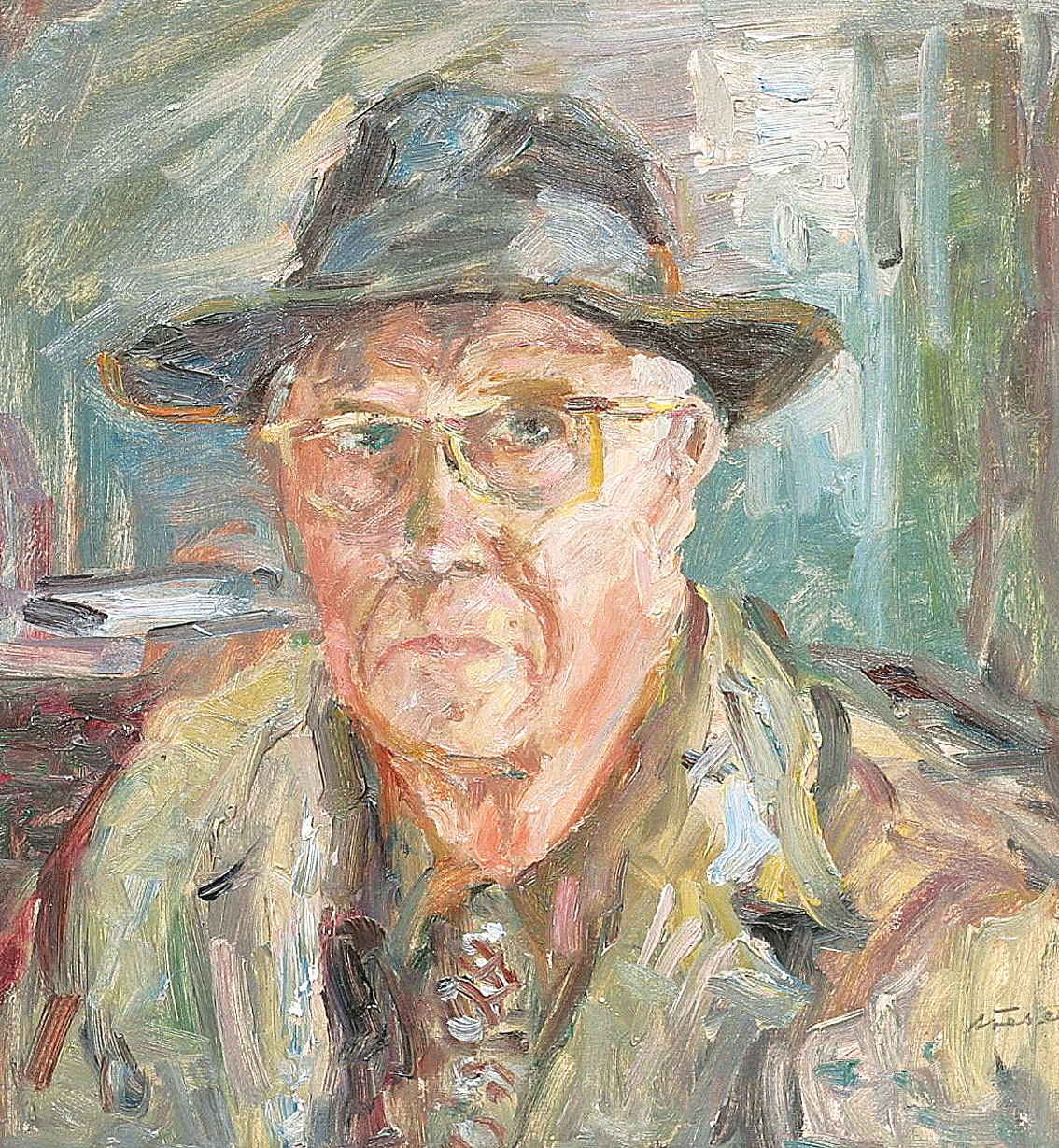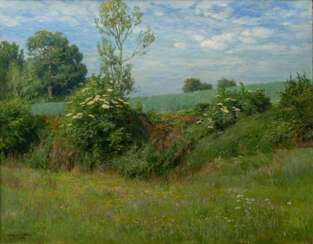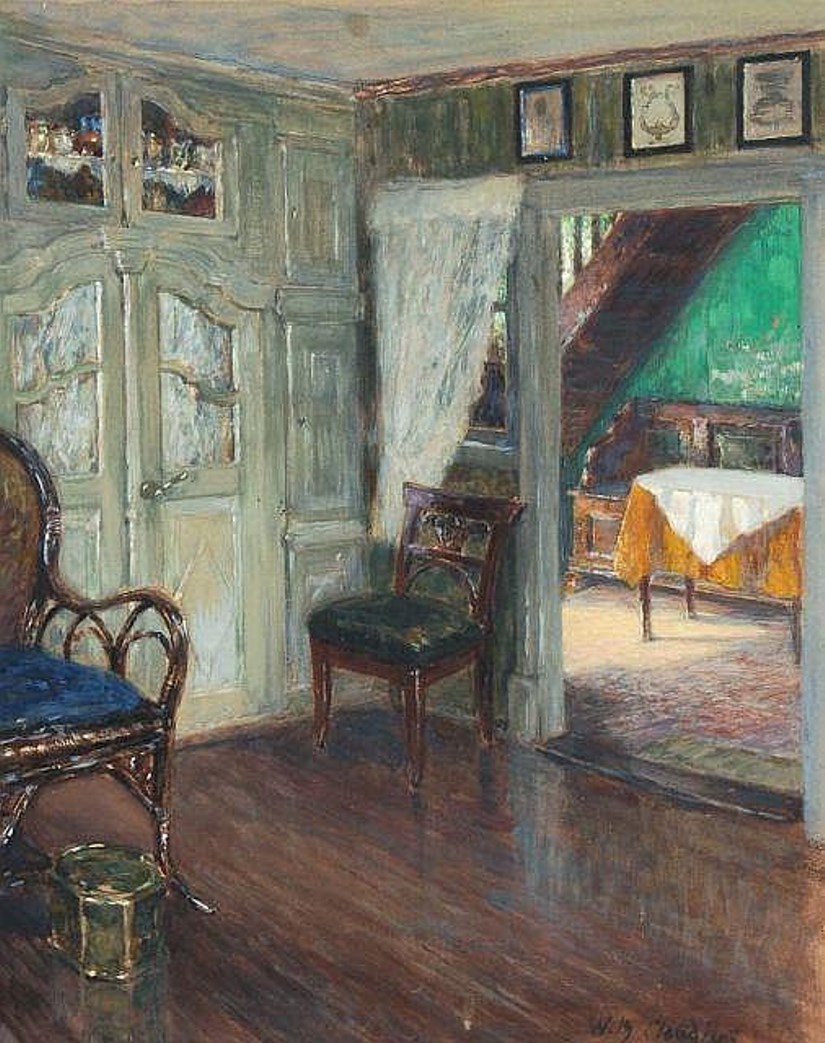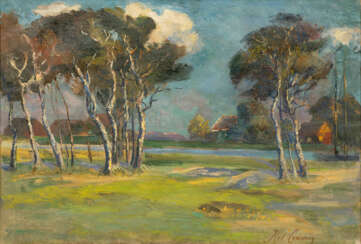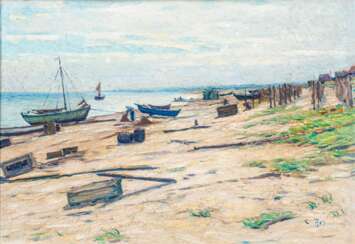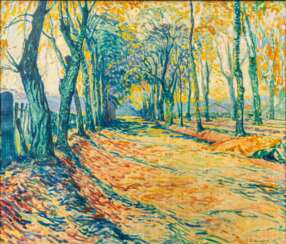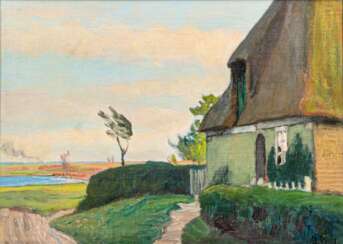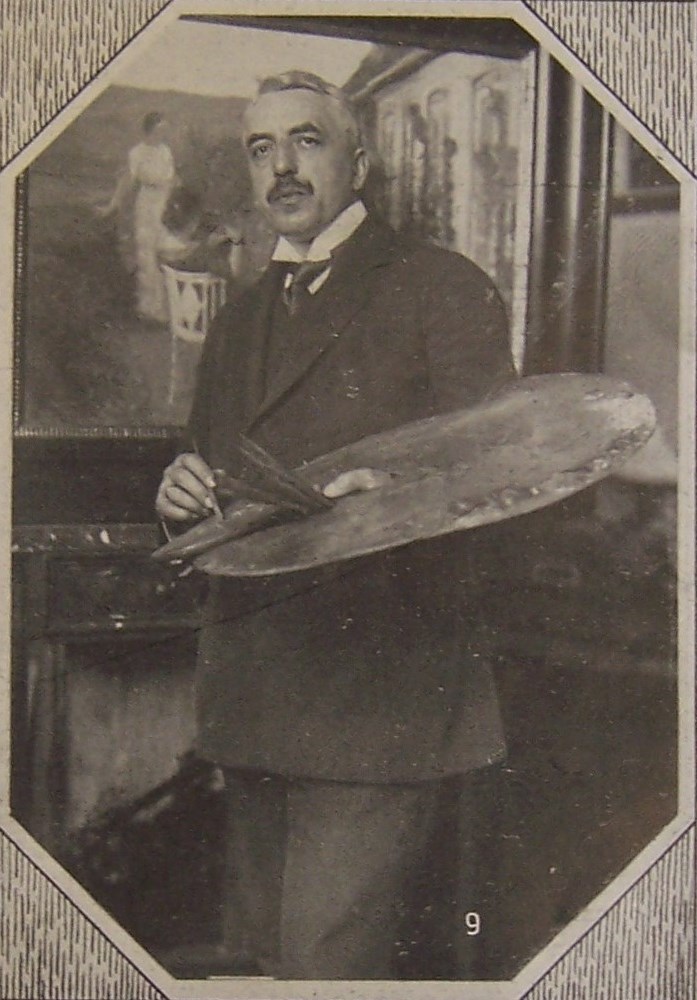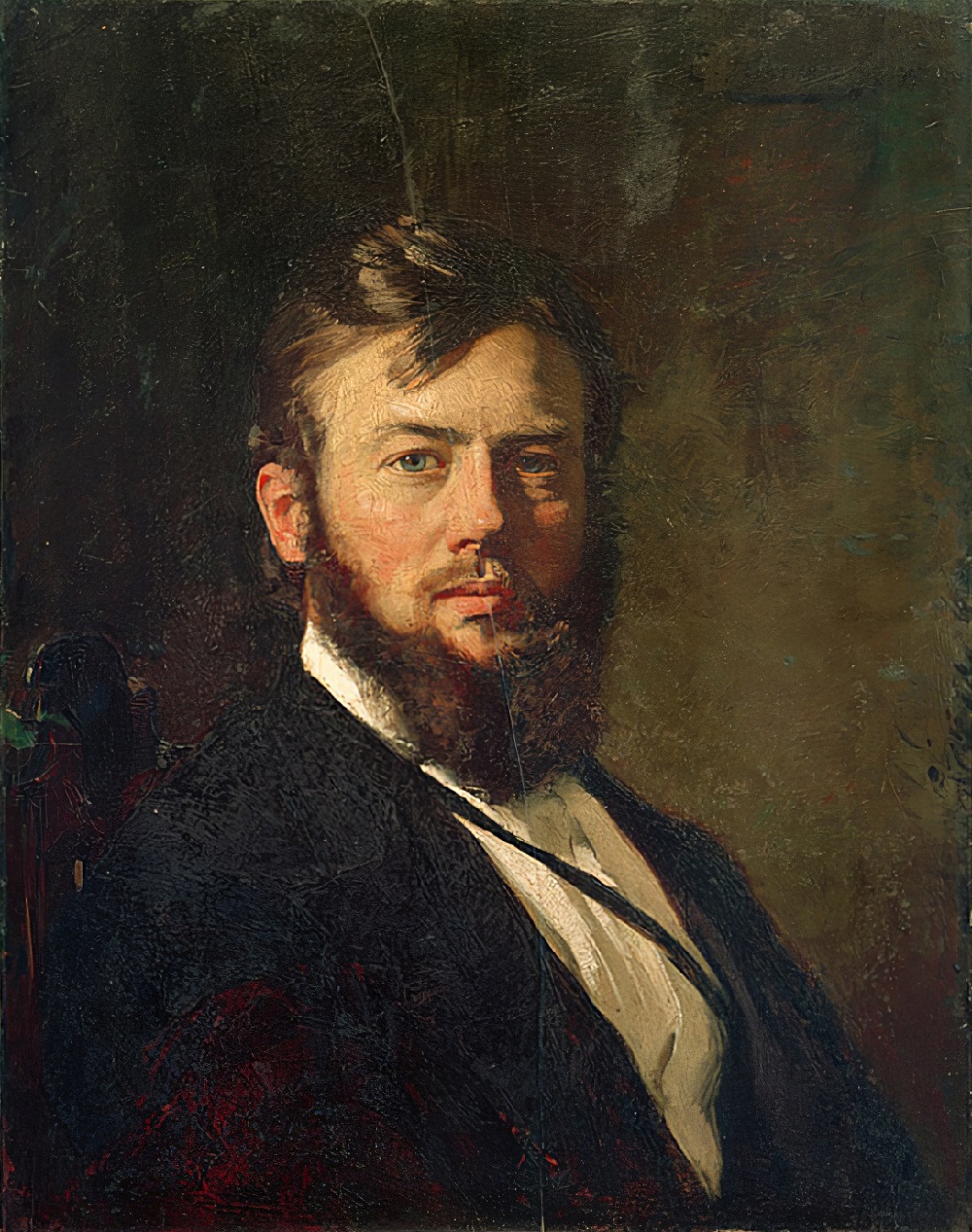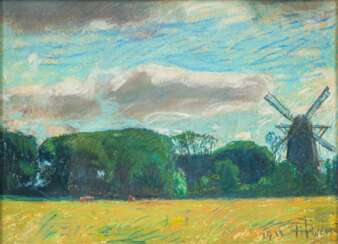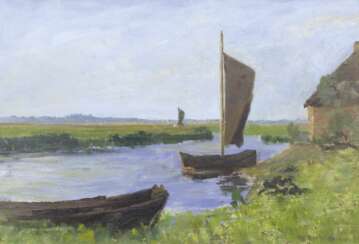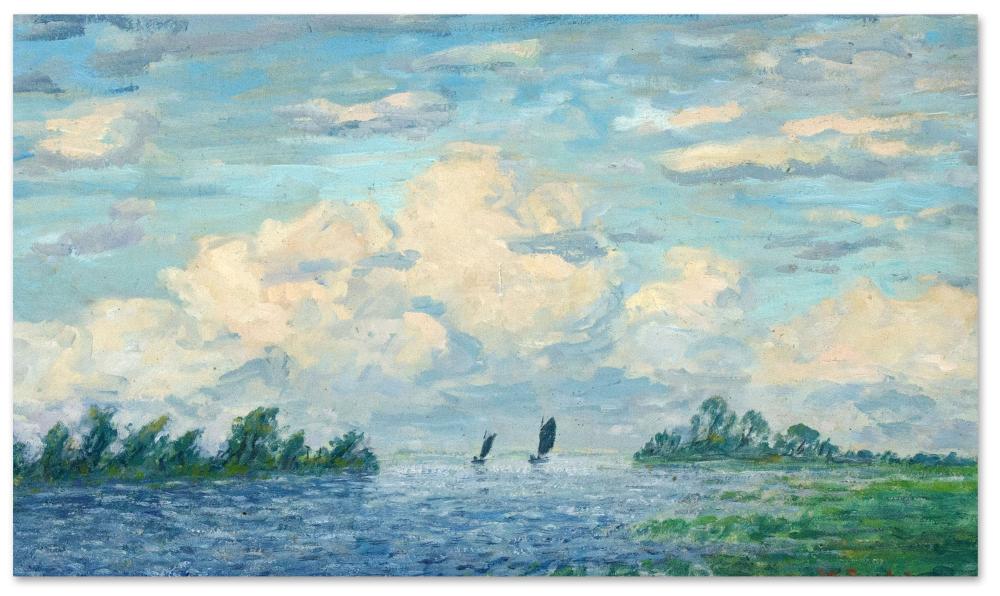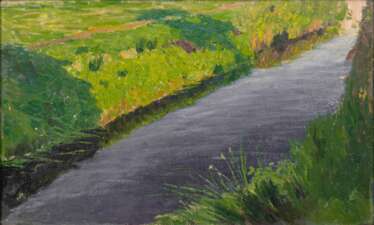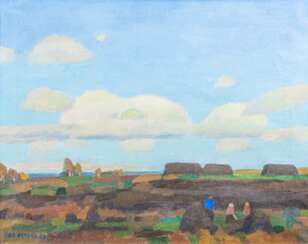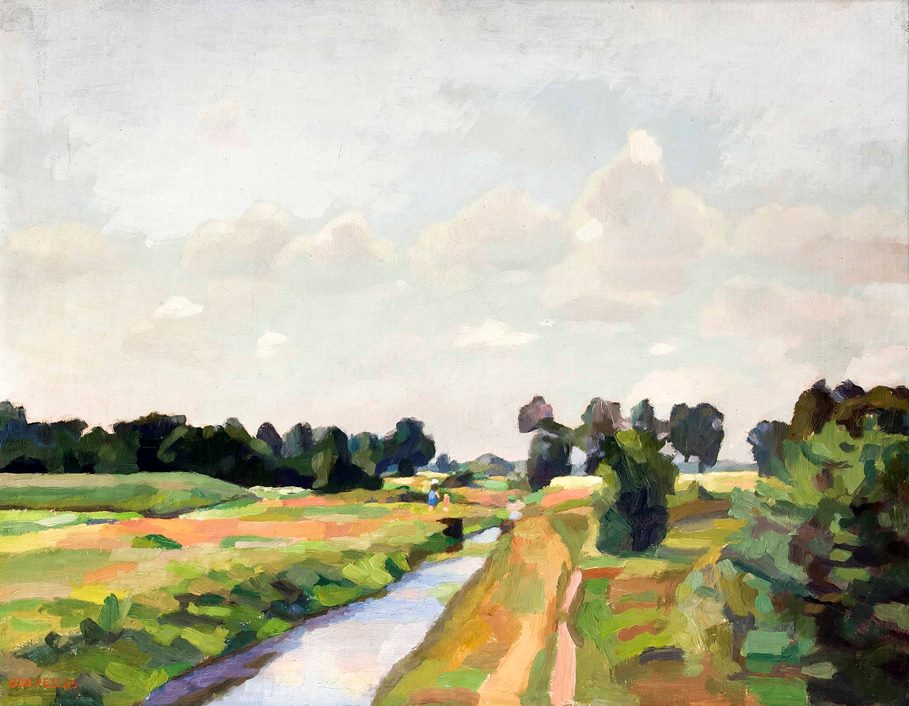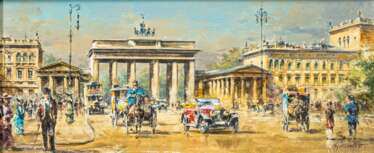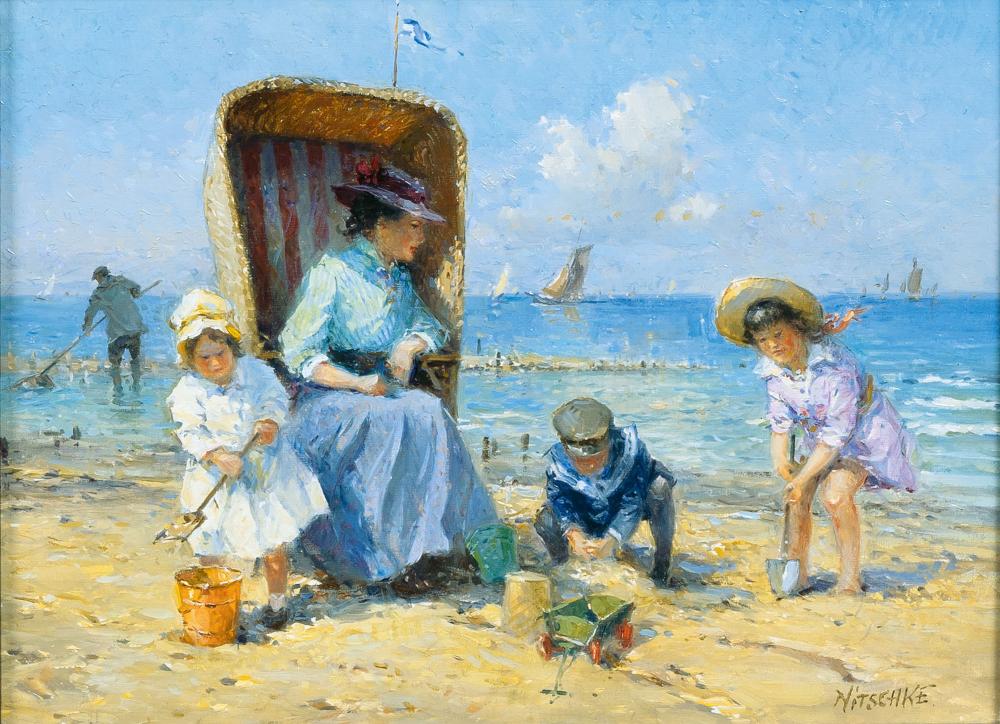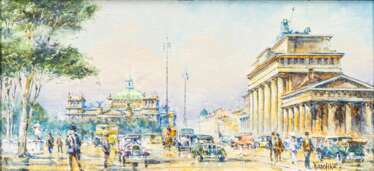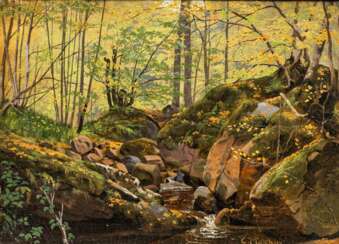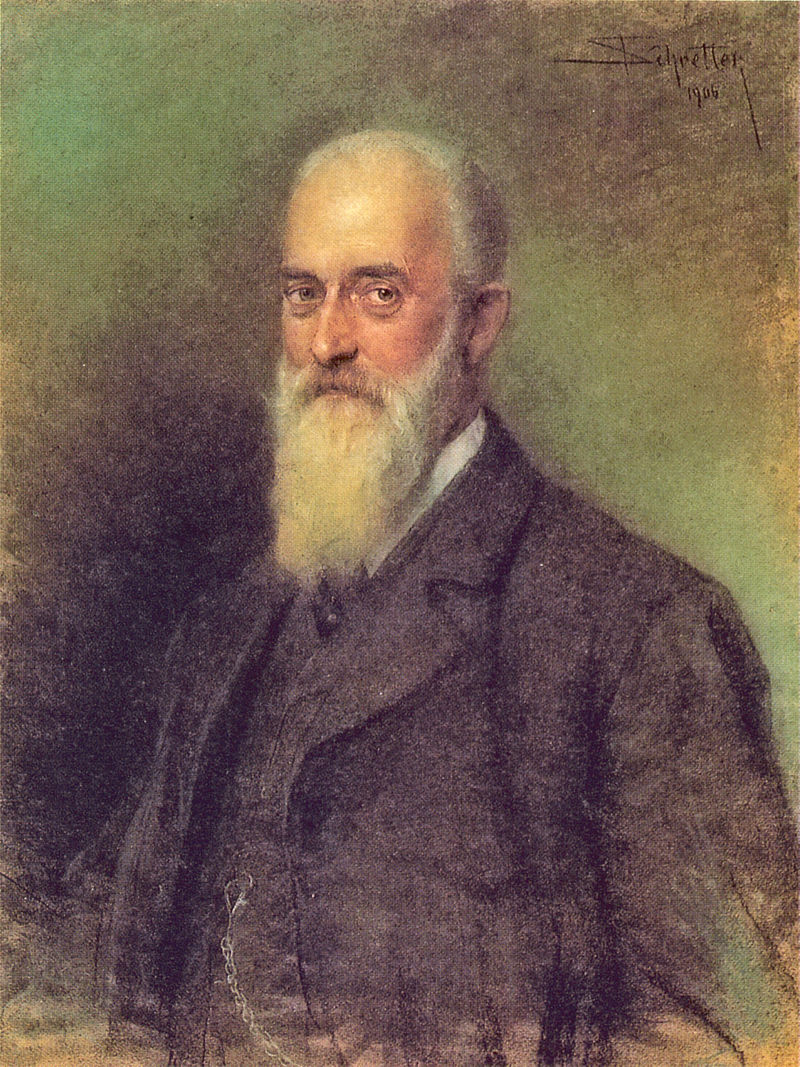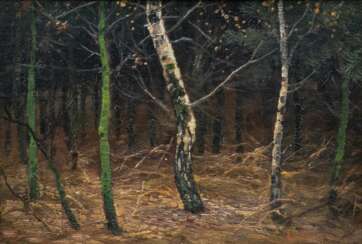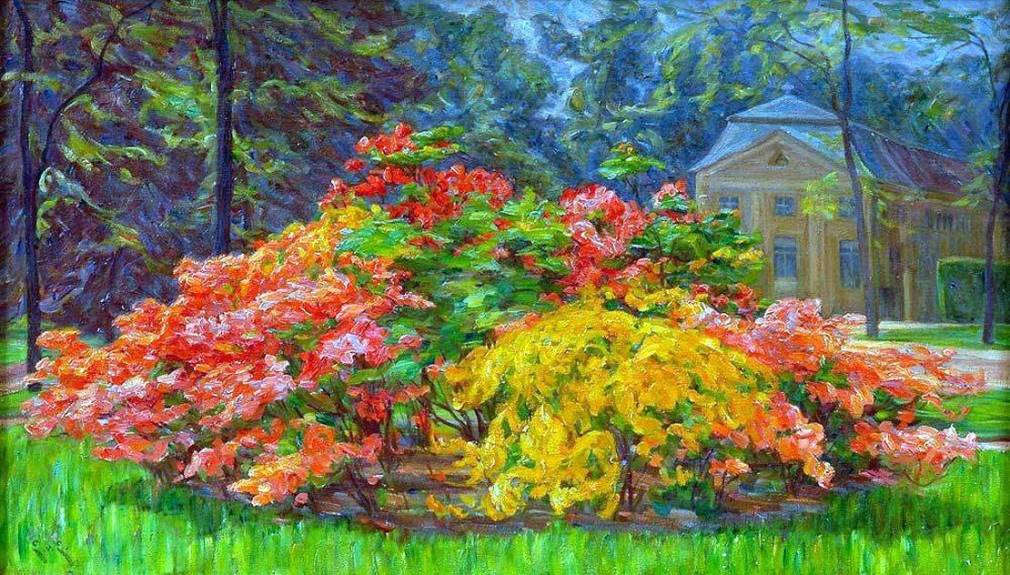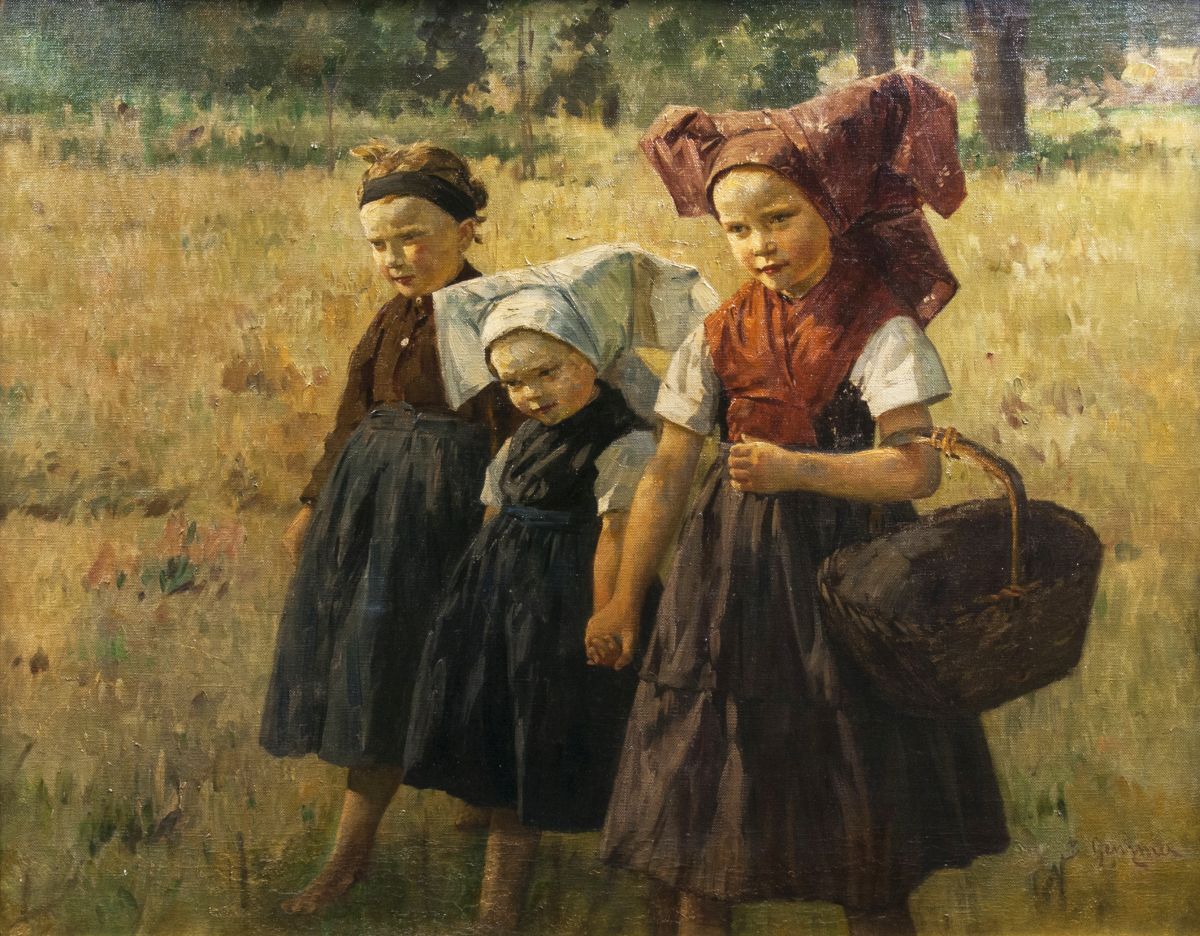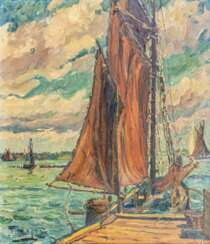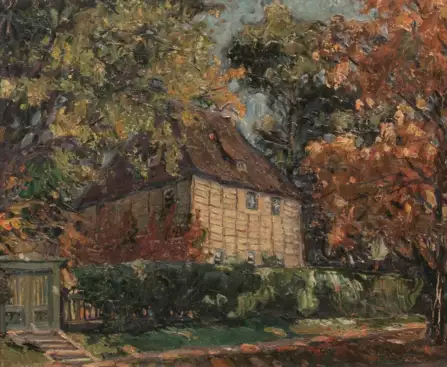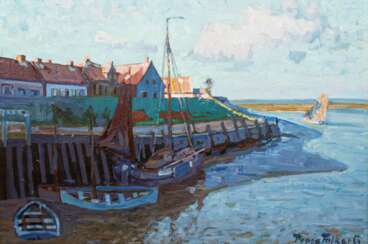
North German and marine painter — Kunst des 20. und 21. Jahrhunderts

Wilhelm Heinrich Ernst Eitner was a German painter of the late nineteenth and first half of the twentieth centuries. He is known as an impressionist painter and teacher.
Eitner produced portraits, landscapes, and woodcuts in a style reminiscent of Japanese art. Despite initial rejection in German society of his impressionist style of painting, over the years he gained recognition and even the title "Claude Monet of the North." Eitner was a member of numerous art associations. His works are preserved in the Hamburg Kunsthalle.

Wilhelm Heinrich Ernst Eitner was a German painter of the late nineteenth and first half of the twentieth centuries. He is known as an impressionist painter and teacher.
Eitner produced portraits, landscapes, and woodcuts in a style reminiscent of Japanese art. Despite initial rejection in German society of his impressionist style of painting, over the years he gained recognition and even the title "Claude Monet of the North." Eitner was a member of numerous art associations. His works are preserved in the Hamburg Kunsthalle.

Wilhelm Heinrich Ernst Eitner was a German painter of the late nineteenth and first half of the twentieth centuries. He is known as an impressionist painter and teacher.
Eitner produced portraits, landscapes, and woodcuts in a style reminiscent of Japanese art. Despite initial rejection in German society of his impressionist style of painting, over the years he gained recognition and even the title "Claude Monet of the North." Eitner was a member of numerous art associations. His works are preserved in the Hamburg Kunsthalle.
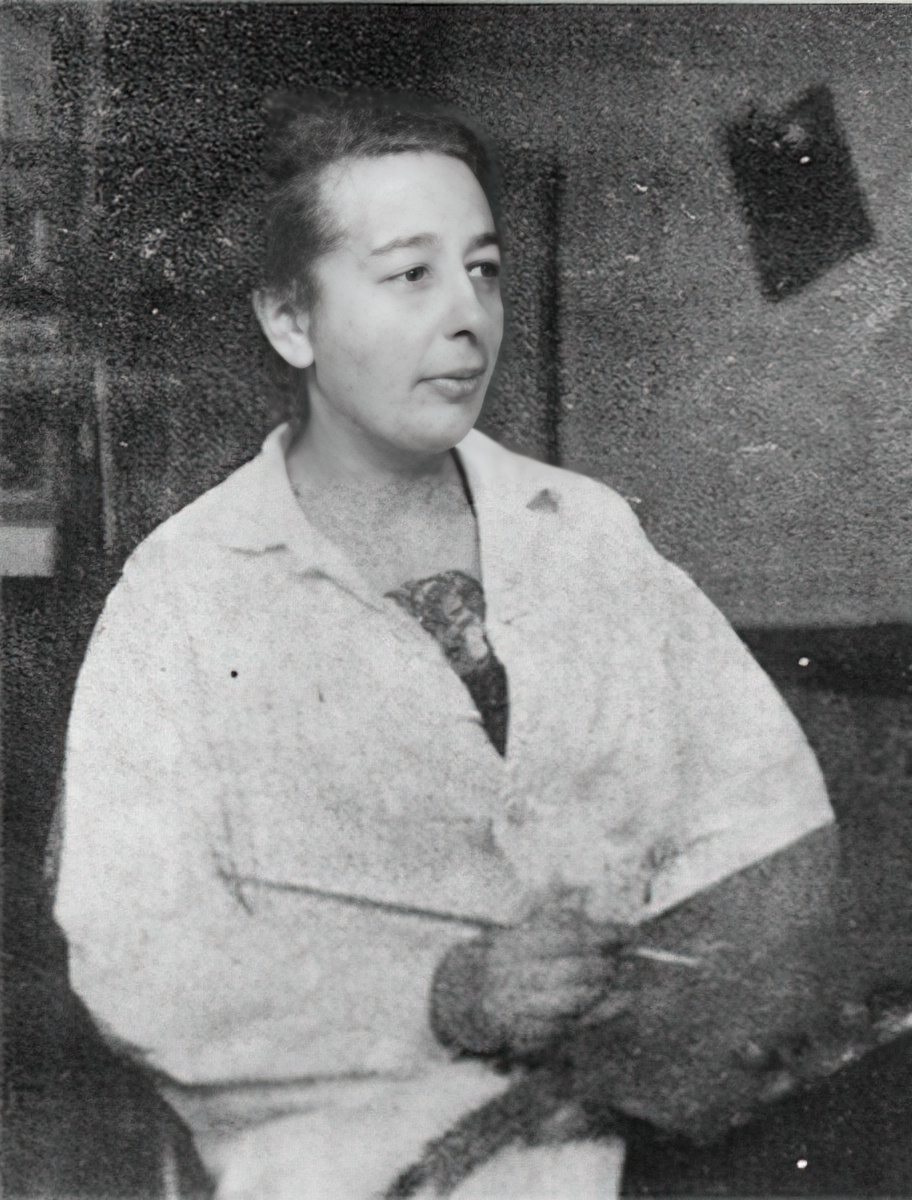
Gretchen Wohlwill was a painter and member of the Hamburg Secession. She was one of the German students at the Académie Matisse in Paris and developed a painting style influenced by French avant-garde art. In addition to painting, graphics were a focus of her work. Persecuted by the National Socialists because of her Jewish background, she emigrated to Portugal in 1940. After twelve years in exile, she returned to Hamburg in 1952.
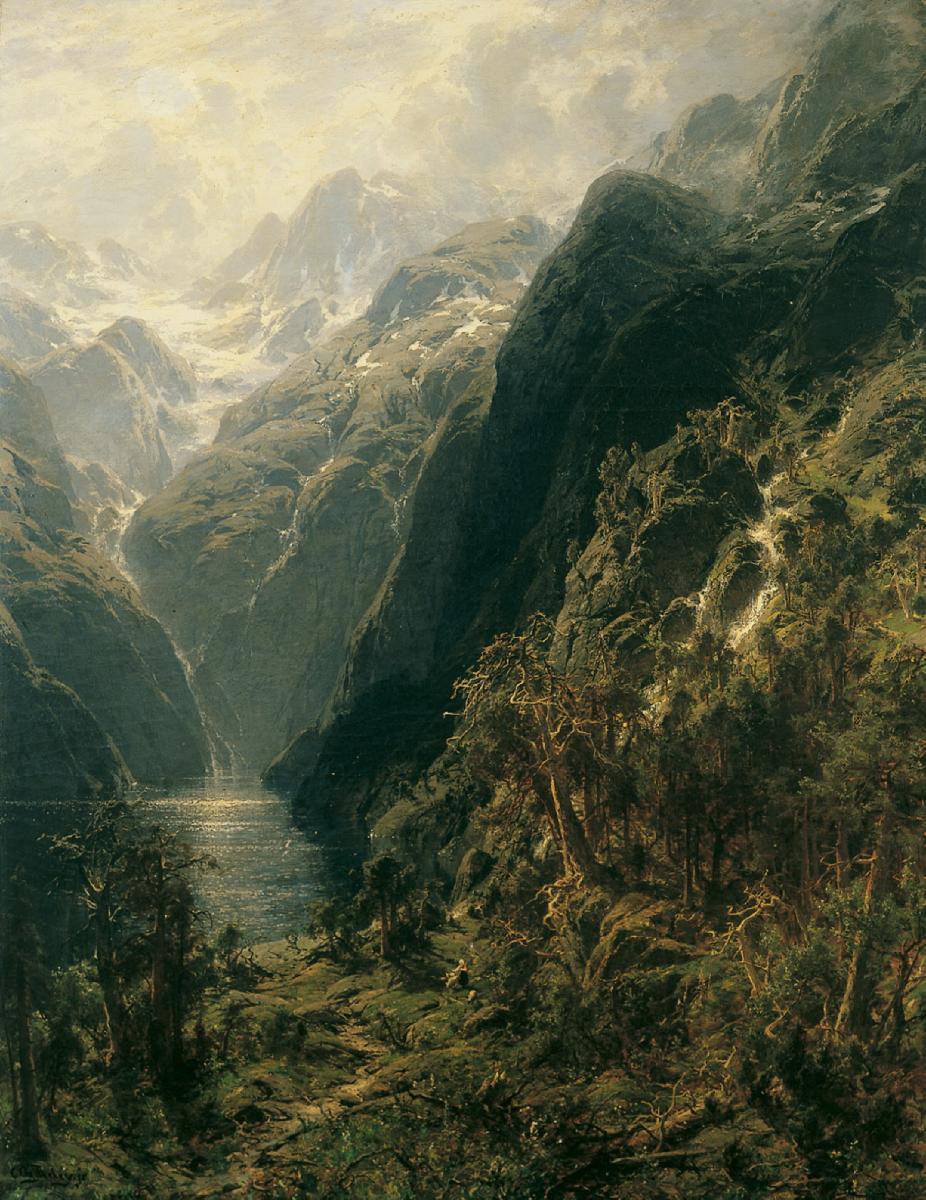
Carl August Heinrich Ferdinand Oesterley is a German painter whose favorite subject is the mountain landscapes of Norway. His father was the painter Carl Friedrich Wilhelm Oesterley.
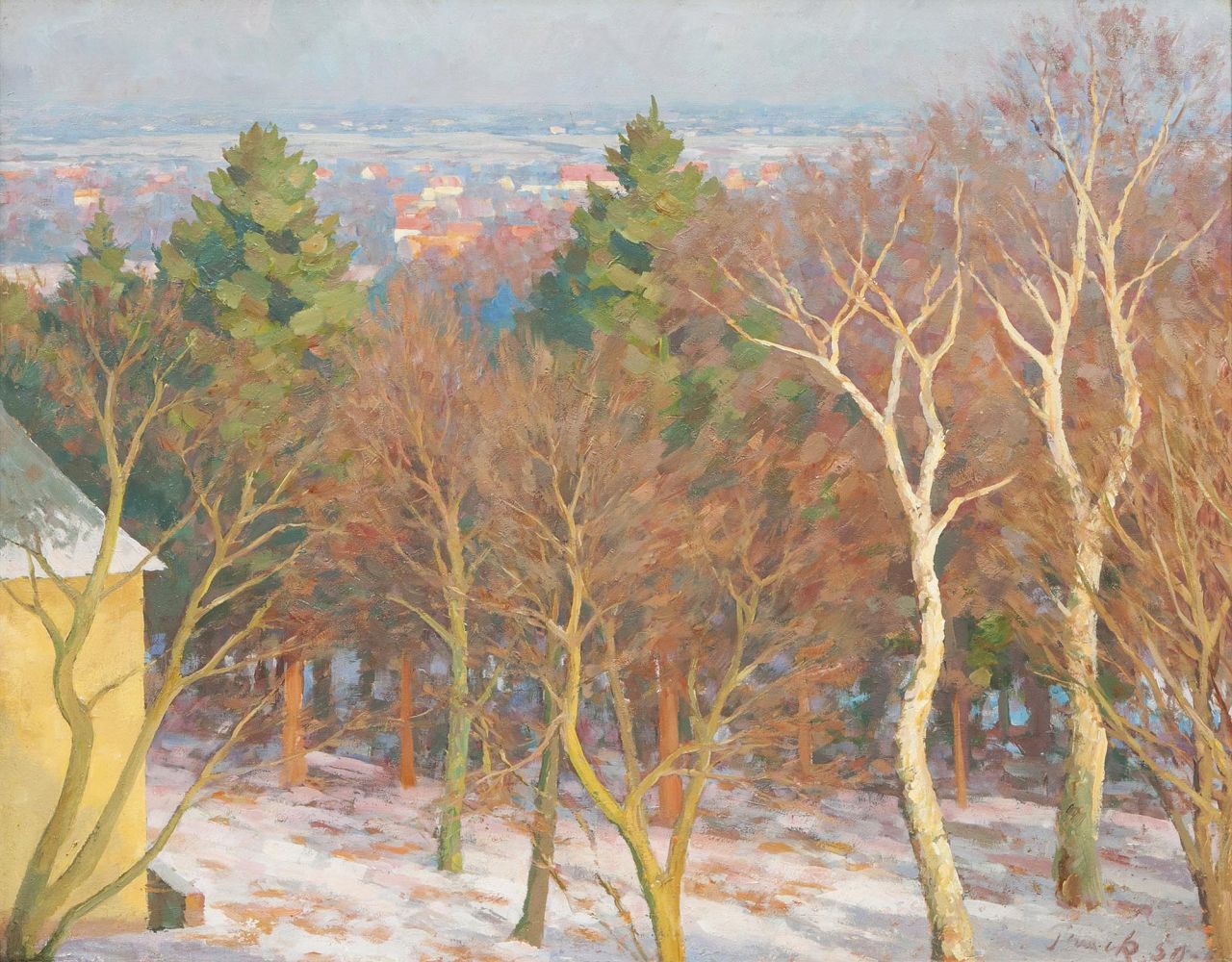
Walter Tanck was a German landscape painter, engraver and woodcarver. He studied painting with Franz Nölken in Hamburg.
In 1937, as part of the Nazi "Degenerate Art" campaign, his graphic portfolio "Don Quixote" (15 etchings and a lithograph on the title page) from the Dusseldorf Art Collection and his panel "Nude Woman" were confiscated and destroyed.
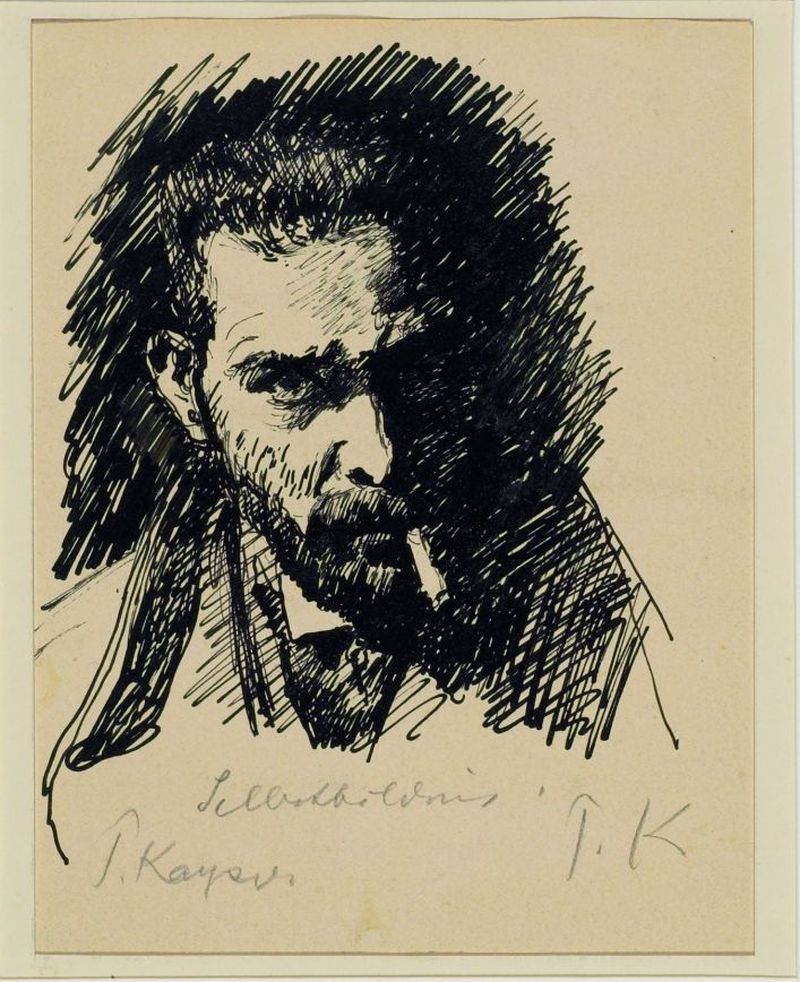
Paul Kayser was a German painter and graphic artist. After training as a painter-decorator, Kayser attended the Schools of Applied Art in Munich and Dresden.
Paul Kayser was a founding member of the Hamburg Artists' Club 1897 and the Hamburg Secession, and a member of the Hamburg Artists' Association and the Altona Artists' Association. His style was decisively influenced by Albert Marquet, whom Kaiser met in 1909.
In 1937, Kaiser's still life was confiscated from the museum in Husum as part of the Nazi "Degenerate Art" campaign.
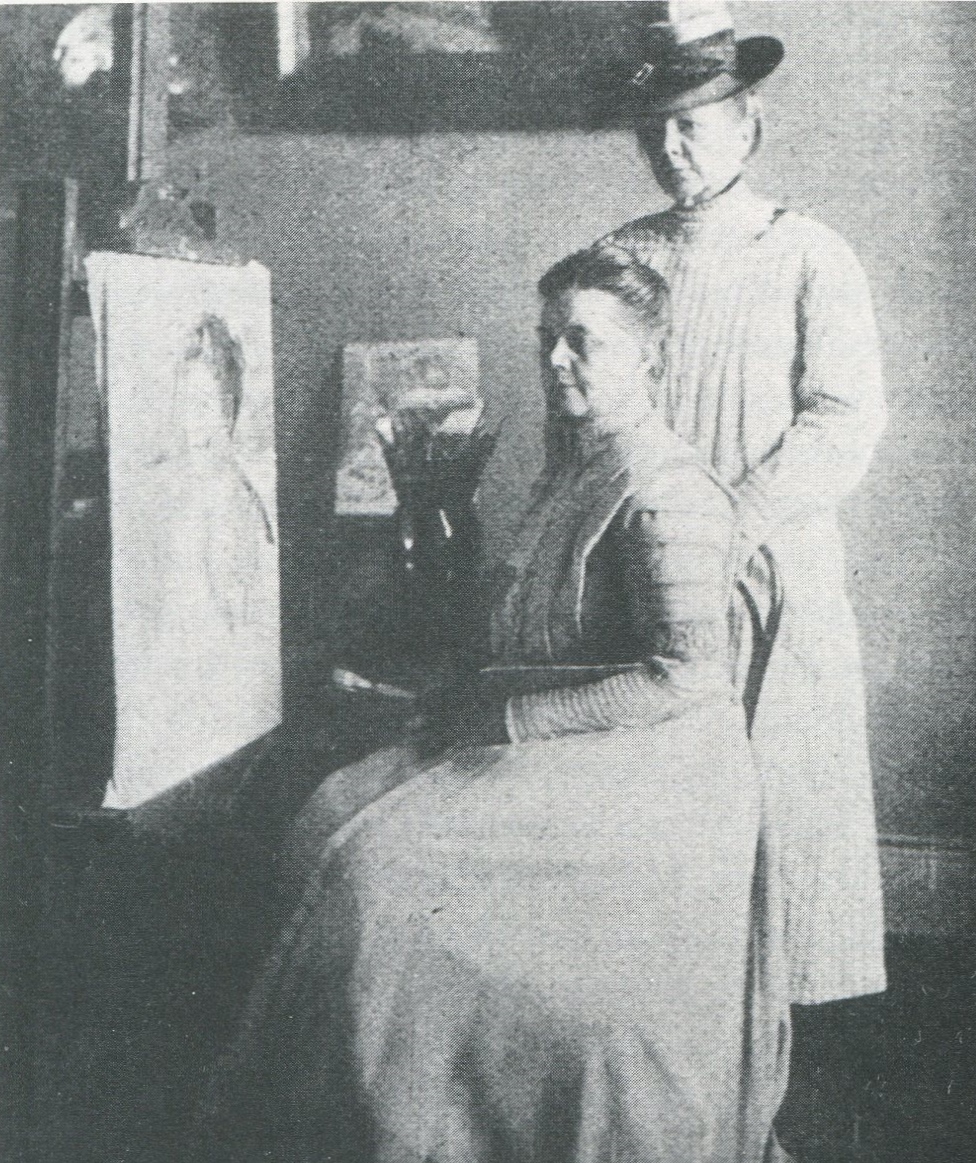
Helene Cramer is a German floral artist, landscape and portrait painter. She studied painting privately in Hamburg, The Hague and Antwerp.
Helen Kramer is best known for her colourful floral still lifes. Her work was regularly shown at major German exhibitions. And Helen herself was a member of the Allgemeine Deutsche Kunstgenossenschaft, the Artists' Association of Northwest Germany, the Berlin Artists' Association and the Vienna Association of Writers and Artists.

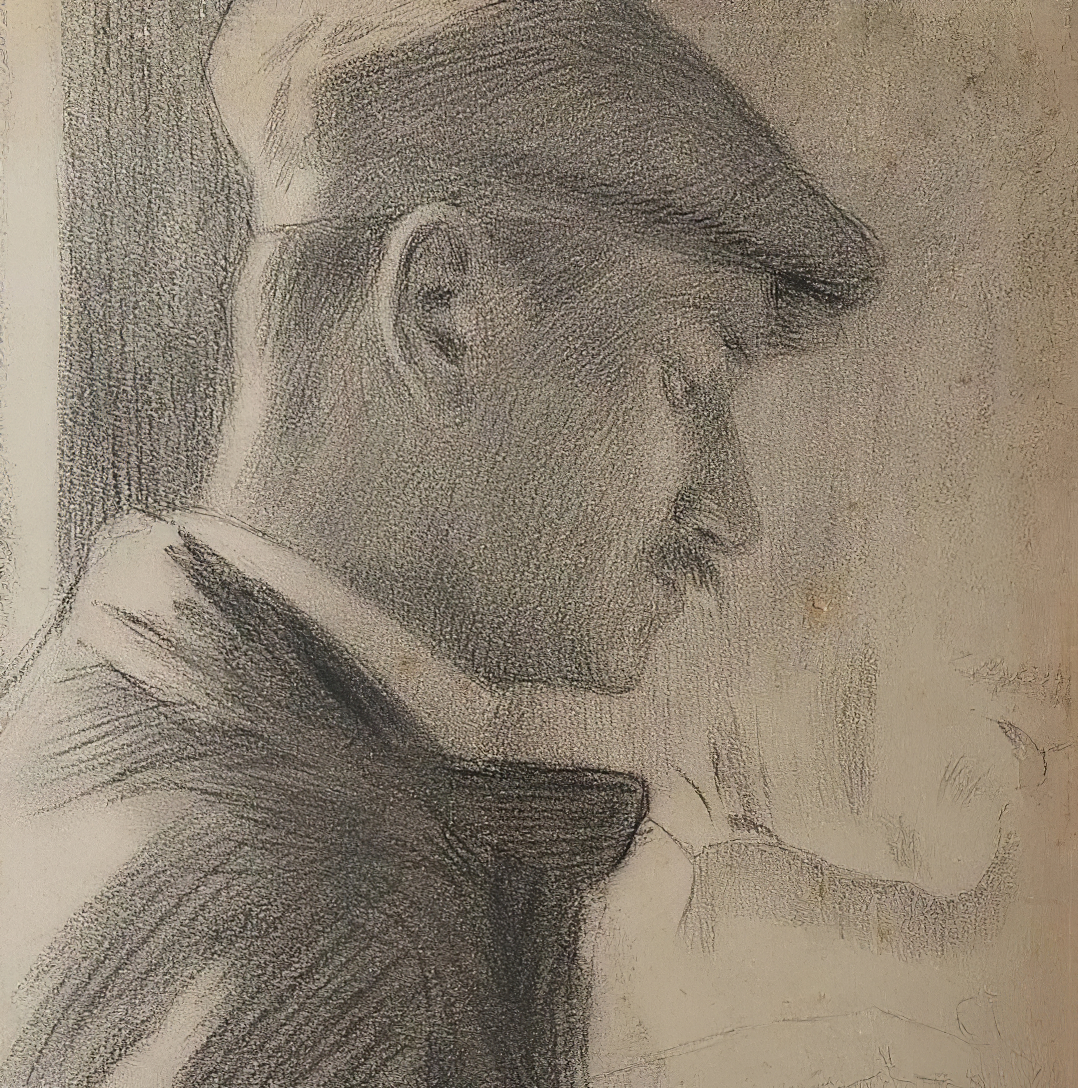
Georg Burmester was a German artist of the late 19th - first third of the 20th centuries. He is known as a painter, graphic artist, impressionist, representative of the Düsseldorf art school, and teacher.
Burmester worked mainly in the genres of landscape and marinas, but among his works there are also still lifes, as well as works in the genre of nude. He was a teacher at the Kassel Art School from 1912 to 1930 and was promoted to the rank of professor in 1917.
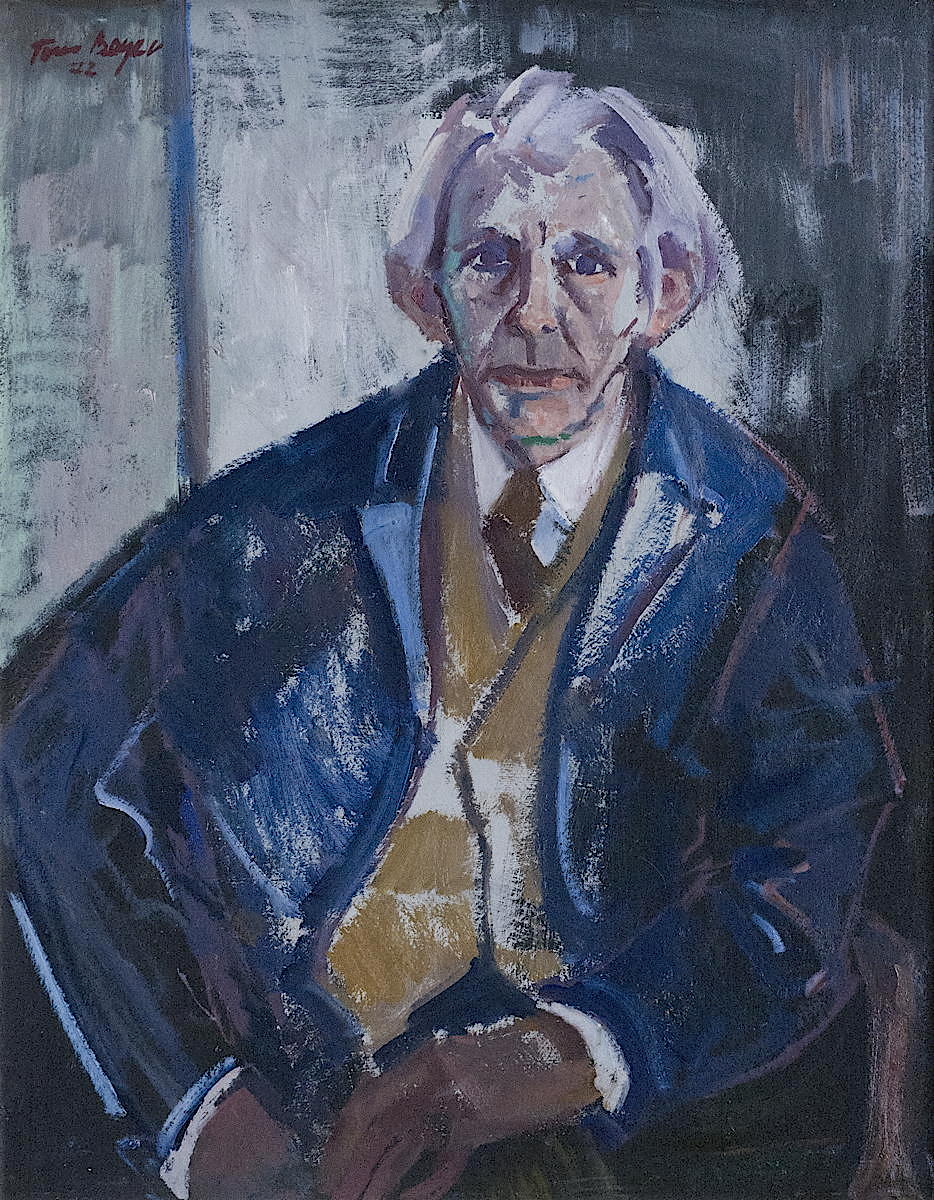
Tom Beyer is a German artist.
Beyer studied at the Düsseldorf School of Applied Arts, traveled throughout Europe, in 1931 opened a studio in Berlin and joined the Communist Party. Although the National Socialists who came to power in Germany in 1937 forbade him to exhibit, from 1939 to 1945 Beyer took part in World War II as a Wehrmacht soldier.
After the war, Beyer led an active social and artistic life. He was also a member of the Association of Visual Artists of the GDR and became its chairman in 1950. As a member of the SED, Beyer reflected in his works the socialist construction in his country, depicting nature and people. He created a large mural for the Löwenschen Saal hall in the Stralsund town hall. From 1972 he taught part-time at the Berlin-Weißensee School of Art.
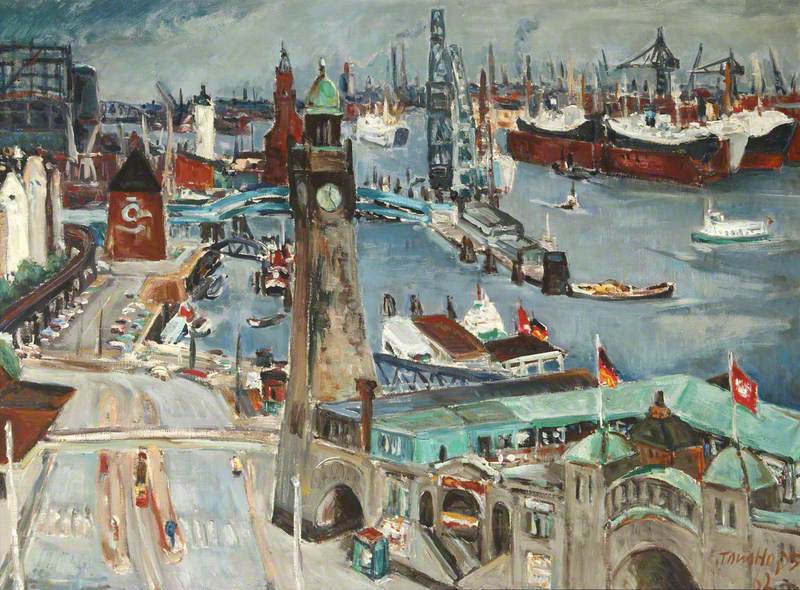
Tom Walter Hops was a German artist, landscape painter, mosaic artist and graphic artist.
In 1945 Tom Hops joined the Hamburg Group of Artists and became a member of the Rotary Club of Hamburg. His paintings received flattering reviews, and numerous awards confirm his success: in 1943 he received the Dürer Prize of Nuremberg, in 1959 - the Ernst Reuter Prize in Berlin, in 1960 - the Edwin Scharff Prize in Hamburg. In 1954 Tom Hops became the first Hamburg artist to have his works exhibited in a New York gallery after the war. In 1974 he was awarded the title of professor.
In addition to colorful landscapes and city views, Hops also created art in public spaces: glass mosaic windows, murals, tile stele and ceramic mosaics.
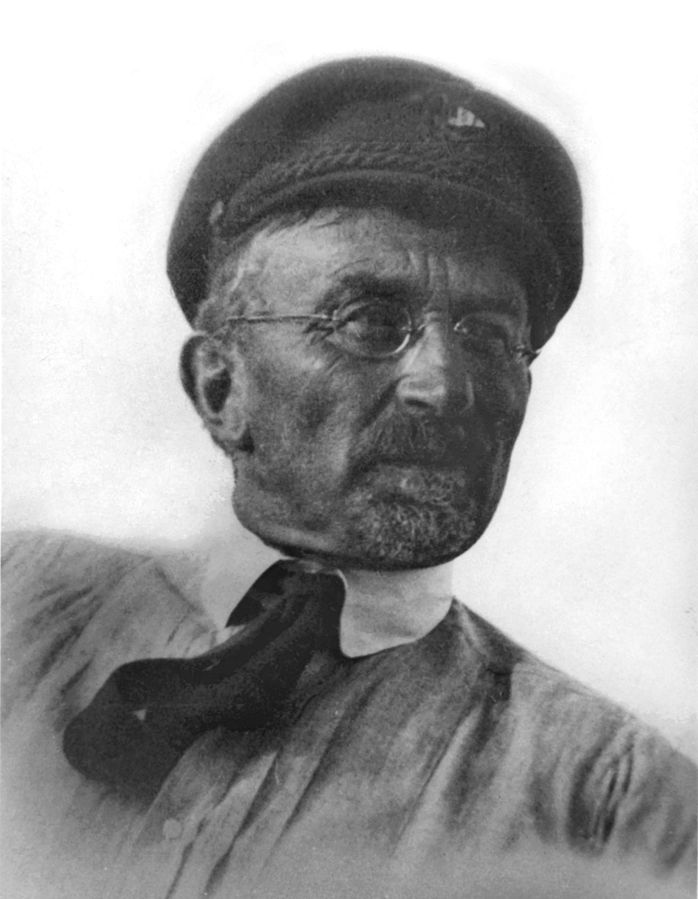
Poppe Folkerts was a German marine painter, draughtsman and graphic artist. He studied at the Berlin Academy of Fine Arts under Karl Salzmann. In 1907 and 1908 he studied figure and portrait painting in Düsseldorf with Eduard von Gebhardt, before going to Paris in 1909, where he was accepted at the Académie Julian.
Poppe Volkerts is considered one of the most outstanding artists of the Frisian coast. As an enthusiastic sailor, he was able to capture the peculiarities of this landscape, the struggle of people with the forces of nature and the fascination of the sea with its constantly changing weather conditions and moods, with a unique liveliness and intensity. His pastose application of paint, special lighting and pure colours create the spatial depth and radiance inherent in the paintings.
